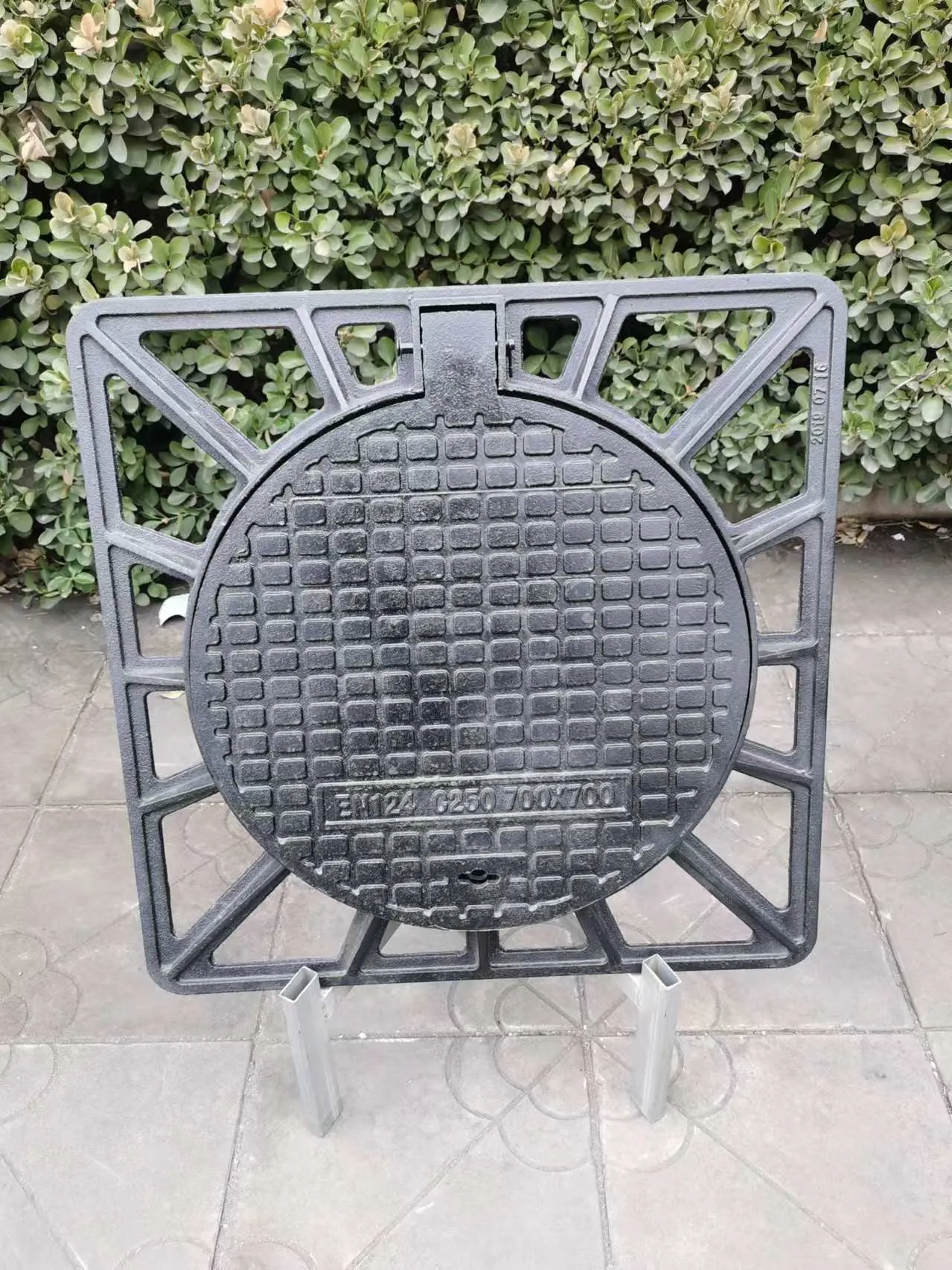clamp to fix leaking pipe
How to Effectively Clamp to Fix a Leaking Pipe A Step-by-Step Guide
Dealing with a leaking pipe can be a homeowner's nightmare. Not only can it lead to water damage, but it can also create a breeding ground for mold and mildew, which poses health risks. Fortunately, one of the quickest and most effective ways to temporarily fix a leak is by using a clamp. This article will guide you through the process of clamping a leaking pipe, providing you with the knowledge to tackle this common issue.
Understanding the Basics of Pipe Leaks
Pipes can leak for various reasons, including corrosion, high water pressure, or damage due to temperature changes. The first step in addressing a leak is to identify its source. Common signs of a leak include water pooling around pipes, damp walls, or the persistent sound of dripping water. Once you've identified the problem, it's time to take action.
Gathering Your Supplies
Before you can effectively clamp a leaking pipe, you’ll need a few supplies
1. Pipe Clamp This can be a pipe repair clamp, rubber patch, or a specialized leak repair kit, depending on the size and location of the leak. 2. Wrench To tighten the clamp securely. 3. Cleaning Cloth To dry off the area around the leak. 4. Pipe Sealant or Epoxy Putty For additional sealing if necessary. 5. Safety Gear Gloves and goggles to protect yourself during the repair.
Step-by-Step Guide to Clamping a Leaking Pipe
Step 1 Turn Off the Water Supply Before you start working on the leak, shut off the main water supply to prevent further water damage. This step is crucial for your safety and to make the repair process more manageable.
clamp to fix leaking pipe

Step 2 Dry the Area Use a cleaning cloth to dry the area around the leak. A dry surface will help ensure that the clamp adheres well and that any additional sealing materials will stick effectively.
Step 3 Position the Clamp Carefully position the pipe clamp over the leakage site. Ensure that it covers the entire leak area. If you're using a rubber patch or a leak repair kit, follow the product’s instructions for placement.
Step 4 Secure the Clamp Using the wrench, tighten the clamp evenly around the pipe. Be cautious not to over-tighten, as this could damage the pipe. You want it snug enough to create a seal without compromising the integrity of the plumbing system.
Step 5 Apply Additional Sealing (if necessary) If the leak is significant or if you want an added layer of security, you can apply pipe sealant or epoxy putty around the leak before clamping. This step can help reinforce the seal and provide a more durable repair.
Step 6 Turn the Water Supply Back On After ensuring the clamp is securely in place, slowly turn the water supply back on. Monitor the area closely for any signs of leaks. If you notice any water escaping, you may need to re-tighten the clamp or apply additional sealing.
Maintaining Your Pipes
While clamping can provide a temporary solution for a leaking pipe, it’s vital to keep an eye on the repair and follow up with a permanent fix. Consult a professional plumber if the leak persists or if you are uncertain about any part of the repair process. Regular maintenance of your plumbing system, including checking for signs of wear and tear, can prevent future leaks.
Conclusion
Fixing a leaking pipe with a clamp is an effective, quick, and relatively simple solution. By following the steps outlined above, you can manage this common issue and minimize potential water damage. Remember, while a clamp can be a temporary fix, seeking professional help for a long-term solution is always the best course of action to ensure the longevity of your plumbing system. With the right approach, you can tackle leaks head-on and protect your home from water damage.
-
The Smarter Choice for Pedestrian AreasNewsJun.30,2025
-
The Gold Standard in Round Drain CoversNewsJun.30,2025
-
The Gold Standard in Manhole Cover SystemsNewsJun.30,2025
-
Superior Drainage Solutions with Premium Gully GratesNewsJun.30,2025
-
Superior Drainage Solutions for Global InfrastructureNewsJun.30,2025
-
Square Manhole Solutions for Modern InfrastructureNewsJun.30,2025
-
Premium Manhole Covers for Modern InfrastructureNewsJun.30,2025
